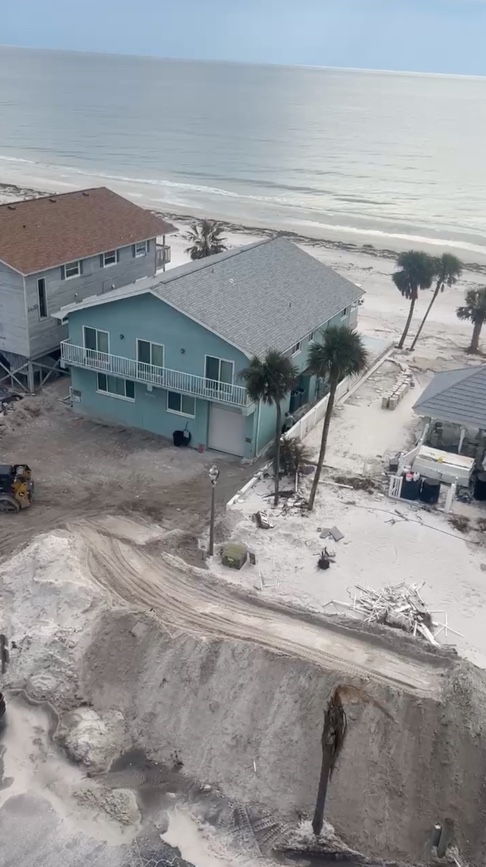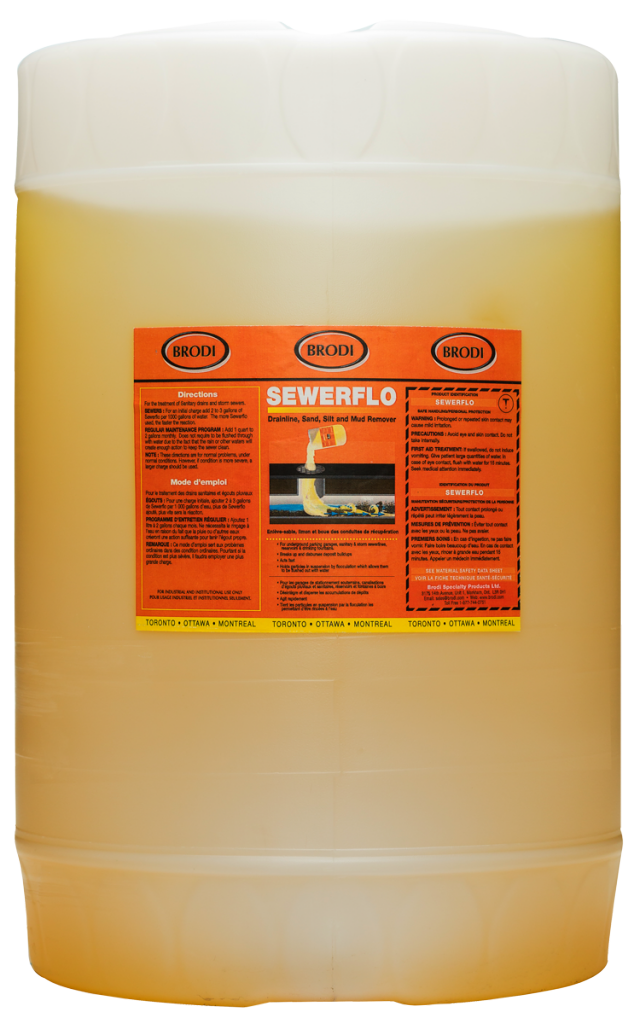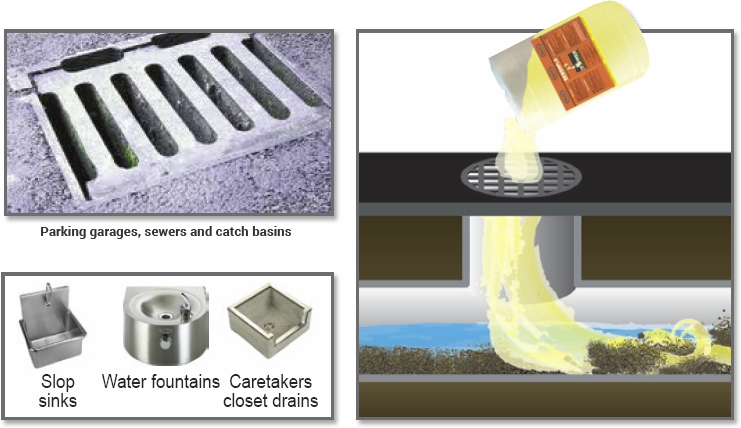Hurricanes like the ones that recently impacted Tampa, Florida, can leave behind more than just property damage. A significant challenge for both homeowners and city infrastructure is the immense amount of sand and debris that clogs drainage systems. Sand accumulation in storm drains and sewer lines can lead to long-term flooding issues, costly repairs, and environmental hazards. Luckily, with Sewerflo, you have an effective solution to tackle this problem head-on.

Why Sand in Drains is a Big Problem After Hurricanes
Hurricanes bring not only torrential rain but also intense winds that transport massive amounts of sand and debris into drains and sewer systems. As the storm subsides, this sand settles, hardens, and clogs the drainage lines, making it difficult for water to flow freely. Blocked drains can cause significant flooding in streets, basements, and parking lots long after the storm has passed.
How Sewerflo Can Help: A Simple and Effective Solution
Sewerflo is specifically designed to address the sand, mud, and silt buildup that hurricanes leave behind. This powerful solution penetrates settled, caked-on soils and breaks down their adhesive and cohesive forces, making sand particles more buoyant and easier to flush out of drains. The best part? It prevents redeposition downstream, ensuring that the sand doesn’t create a new blockage.


Step-by-Step Guide to Using Sewerflo for Hurricane Cleanup
1. Inspect the Drain System
After the storm, inspect the storm drains, sewer lines, and catch basins for any visible debris and sand accumulation. In severe cases, the sand may have already blocked the drain’s ability to move water.
2. Manual Removal of Large Debris
Before applying Sewerflo, remove any large items such as branches, trash, or other debris that may be blocking the drain inlet. This will help maximize the efficiency of Sewerflo when you pour it into the system.
3. Apply Sewerflo to the Affected Drains
For sand-filled drains, pour 1-2 gallons of Sewerflo per 1,000 gallons of water directly into the system. Sewerflo’s unique formula will begin breaking down the compacted sand, loosening it from the drain walls and holding it in suspension.
4. Flush the Drain System
Once Sewerflo has been applied, flush the system with water, either using a fire hose, a hydraulic jet pump, or by simply allowing the next heavy rainfall to wash it through the pipes. Sewerflo will help ensure that all the sand, silt, and mud are carried away without clogging downstream areas.
5. Regular Maintenance
For areas that are prone to sand accumulation, like Tampa’s storm drains after hurricanes, it’s essential to use Sewerflo regularly. Monthly maintenance can prevent blockages before they become a serious problem. Simply pour a small amount into your drains, ensuring free-flowing systems throughout hurricane season and beyond.

